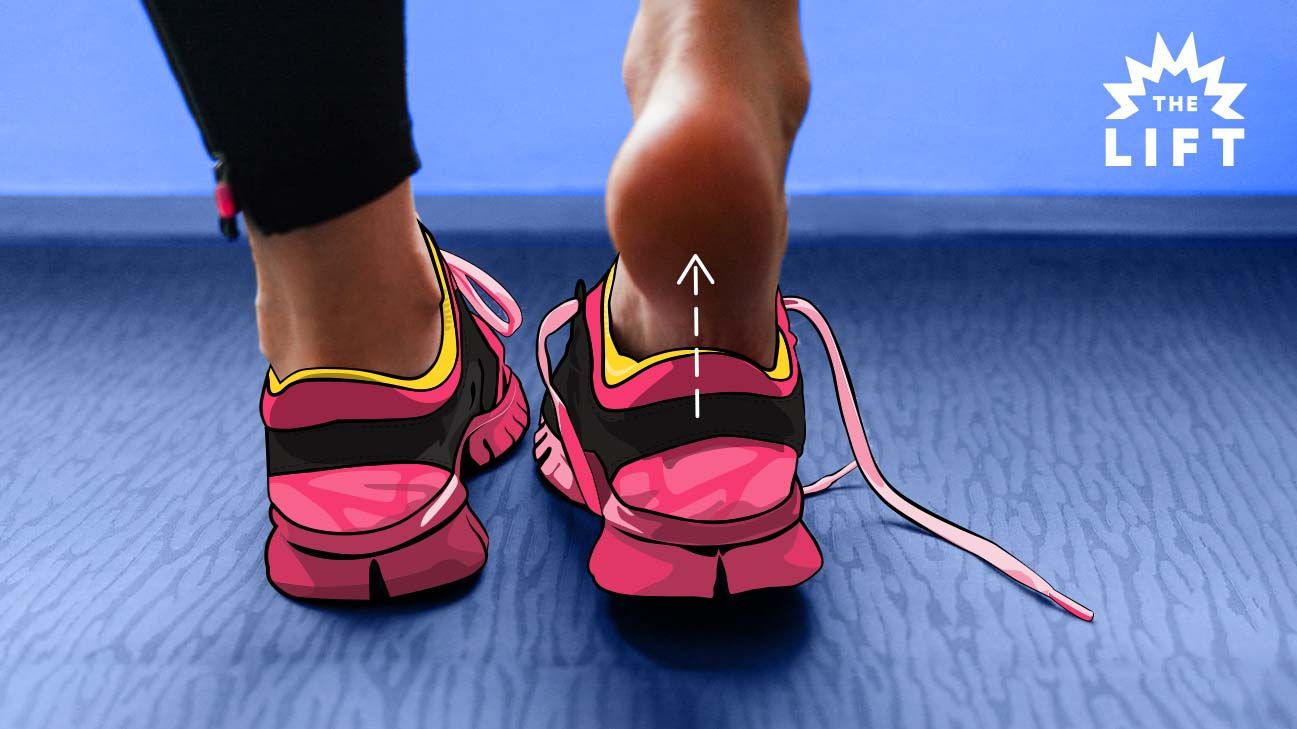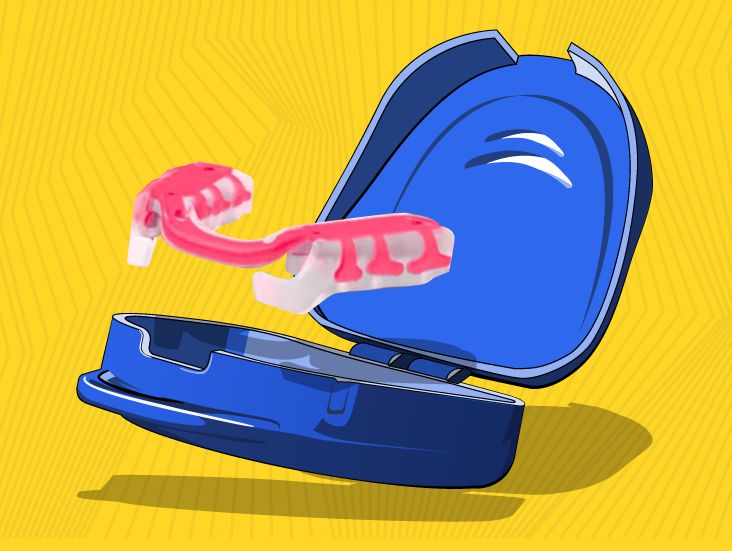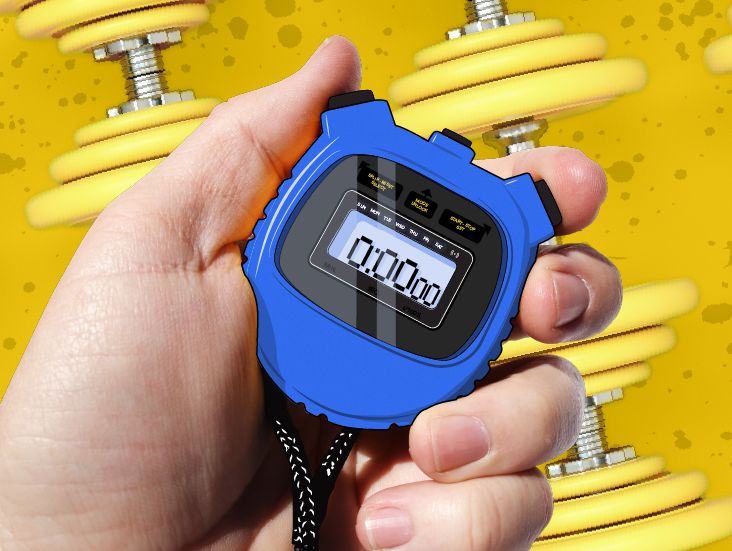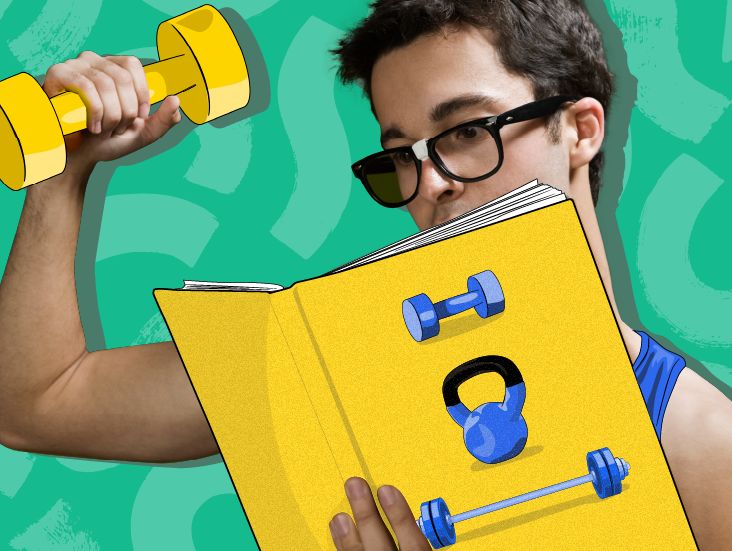
You don’t need to have a green thumb to deduce that issues with the roots affect a tree. Unforch, people don’t make the same connection about athletes and their feet — but they should.
According to nationally-renowned podiatrist and Vionic Innovation Lab member, Dr. Jackie Sutera DPM, weak, tight, immobile, or nonflexible foot muscles can create a chain reaction throughout the body, causing other things to go awry. Ugh.
Whether your goal is strength, speed, or increased muscle size during exercise, focusing on your roots feet, and the health of your foot muscles, can help you get there.
Not to state the obvious, but your feet are kind of a big deal for your movement goals.
“The foot is complex and complicated,” says Dr. Damian Roussel, podiatrist at The Centers for Orthopedics, one of the largest orthopedic groups in the country. “Obviously their function is different, but in makeup, feet are somewhat similar to the hands in terms of the bones, muscles, tendons, and ligaments.”
Each foot houses 28 bones, 30 joints, 29 muscles, and hundreds of ligaments and tendons that work together to help you move, groove, stand, and land. #Teamwork
“These foot muscles are especially important because not only do they move your toes, but they also help stabilize your feet and ankles,” says Sutera.
With their affinity for area-specific workouts, search engine optimizers and fitstagrammers may trick you into thinking that the body is a collage of nonrelated entities (heya, ab circuits!). But such is not the case.
Just as a tree’s roots are connected to its trunk, which is connected to its branches, your body’s feet are connected to your legs, which are connected to your trunk, and so on.
“If the muscles in your feet are not evenly distributed, your body will start to ‘compensate,’ or recruit from other body parts, which are not intended to work in that way,” explains Sutera. Put simply, this means that the knee or hip will be forced to “act” like the foot.
Over time, this will cause pain, inflammation, and even injury in the feet and elsewhere along the body, she says.
If you have foot muscle issues, you’ll feel it from head-to-toe.
Roussel breaks down foot muscular issues into two main categories:
- Congenital, developmental, traumatic, and genetic
- Exercise- and lifestyle-induced
The first category involves issues you might be born with — for example, differences in bone formation or developmental issues of the fetus. These also cover instances when you might’ve experienced injury. These are the types of foot problems that occurred beyond your control, but can be remedied through medical interventions.
The second category usually involves issues that you trigger over time, such as difficulty maintaining your correct form during exercise or wearing ill-fitting shoes or socks — for example, tendonitis and plantar fasciitis.
Roussel notes that although things like tendonitis, plantar fasciitis, can be aggravated by foot type, they are usually caused by exercise-induced muscle imbalance.
Sutera adds that if, for example, you have a habit of shifting onto your tip-toes while you work out, you put the ball of your foot in a suboptimal position. “This can cause metatarsalgia [inflammation of the metatarsal heads/ball of foot], ligament or soft tissue tears, and inflammation of the joint [capsulitis].”
Meanwhile, if you tend to rock back onto your heels, you can aggravate the arch of your foot, increasing the risk of plantar fascitis, achilles tendonitis, sprains, and tears, she says.
What should be your first steps if you have foot muscle issues?
First, go to the podiatrist! “If a patient thinks they have something going on with their feet, they should get seen by a doctor to be evaluated,” says Roussel.
If the doc confirms that there’s a soft tissue injury, Roussel says the move is to then head to a physical therapist, who can provide a series of stretches and strengthening exercises to help.
According to Sutera, the best way to prevent foot issues while working out is to “make sure you have proper shoe gear for your exercise and maintain proper form while doing that exercise.”
Here are some other tips:
1. Stretch your feet
Just as you do with the other muscles in your body, it’s important to stretch your foot muscles too.
If you only have time for two stretches, Sutera recommends doing the forefoot stretch and the ball of foot stretch.
“For the forefoot stretch, picture pulling apart the front of the foot by grabbing onto the great toe joint and pinky toe joint,” she explains.
“And for the ball of foot stretch, you’re going to bend your toe joints back toward the top of the foot, and then forward toward the bottom of the foot,” she explains. You want to try this using your hand, and also without using your hand.
2. Work on your calf mobility
Remember how we said everything is connected? Welp, that’s exactly why Sutera and Roussel suggest incorporating calf stretches into your routine.
“Calf stretches will help lengthen and loosen both the Achilles and plantar fascia, two very important soft tissues structures that will cause inability to walk properly and pain if there is a problem,” says Sutera.
Calf stretches to try:
- Calf raises
- Ankle circles
- Banded ankle stretch
3. Get your shoes sorted
Roussel stresses that your shoe choice can either help your feet, or agitate them.
3 keys to making the right shoe choice for exercise:
- Support
- Support
- Support
Consider if your foot is wider or narrower than most, and allow that to save you some time when looking at traditional shoe size listings. Also, don’t pay too much attention to the “men’s” and “women’s” shoe distinctions. Wear what works for you!
Lastly, work with your physical therapist to pick the best shoe for you based on your foot muscles and exercise of choice!
Gabrielle Kassel (she/her) is a queer sex educator and wellness journalist who is committed to helping people feel the best they can in their bodies. In addition to Healthline, her work has appeared in publications such as Shape, Cosmopolitan, Well+Good, Health, Self, Women’s Health, Greatist, and more! In her free time, Gabrielle can be found coaching CrossFit, reviewing pleasure products, hiking with her border collie, or recording episodes of the podcast she co-hosts called Bad In Bed. Follow her on Instagram @Gabriellekassel.





